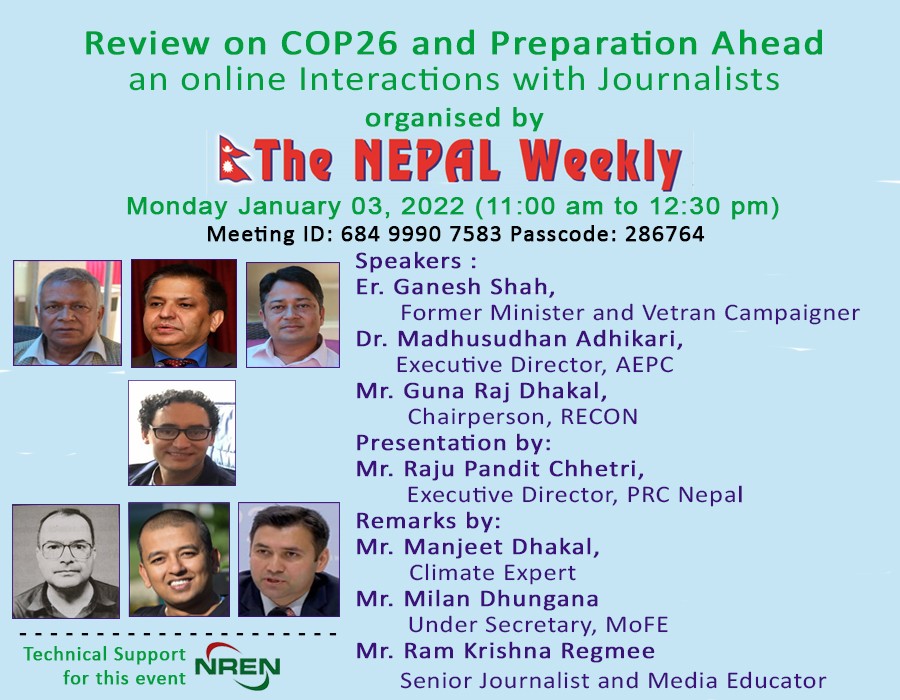 The Nepal Weekly
The Nepal Weekly  April 27, 2022
April 27, 2022Om is the sacred word – the Mantra – used widely in the Vedas and Upanishads. People chant it several times particularly at the beginning and the end of any spiritual act or recitation. Those who follow yogic traditions, engage in prayers, worship or perform religious rituals also do the same. Since the practice is continuing for the past 5 thousand years, it could claim to be the most popular word passing unpolluted and un-spoiled across centuries. The word appears to have attracted the attention of all sections of oriental society – scholars, elites, politicos, thinkers, commoners, advertisers, researchers, professionals and the linguists. Westerners have also shown interest in discovering the value of the word.
Om is also described as Shabda Brahma, the eternal sound. Sound in the Vedas has high value marked by three dimensions: the idea of an object, the presence of a speaker, and the subtle form of ether.
According to the symbol dictionary, the word Om (aum) is the primordial sound by which the earth was created – a similar concept to the Greek Logos. It symbolizes unfolding or expansion when pronounced, it begins in the lungs, and ends on the lips. The symbol representing Om is called the Omkar, and has four parts, representing the four states of human awareness, which the Mandukya Upanishad refers to are: waking, dreaming, deep sleep and turya (the fourth state which is the state of enlightenment or the transcendental state, the stage of total bliss, SatChitAnanda wherein the duality of subject and object ceases to exist.).
Sanskrit scholars take Om to be both a sound and a symbol, very rich in meaning and depth. Their explanation: when pronounced with deep breath the word sounds like AUM consisting of four syllables – A, U, M and the silent syllable. Its written and heard form often indicates only Om. The connotation and meaning of Om is also varied. Although Aum and Om are same, people perceive them differently.
One scholar describes Om as expression of Atman (self within) and Brahman (ultimate reality, entirety of the universe, truth, divine, supreme spirit, cosmic principles, knowledge). Some find in Om representation of the holy trinity of the Hindu Gods – Brahma, Vishnu and Shiva.
Om has also been described as the first expression which symbolizes creation of the earth. That is why Om is regarded as Axyar the imperishable.
By Shirish B. Pradhan
(See corporatenepal.com for Nepali version)

